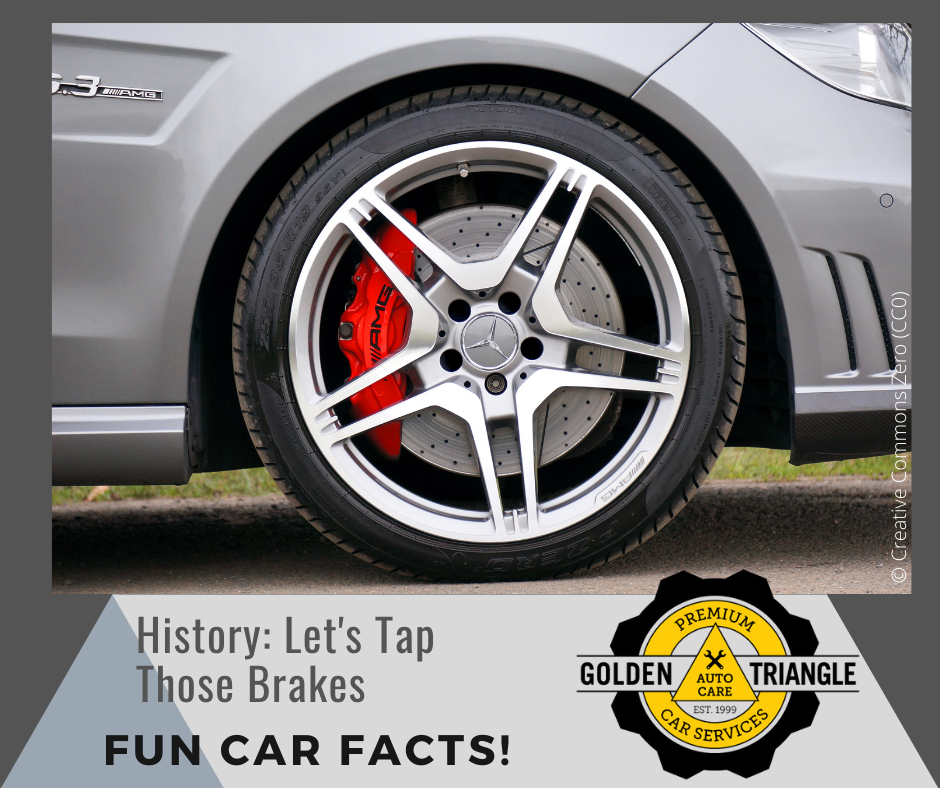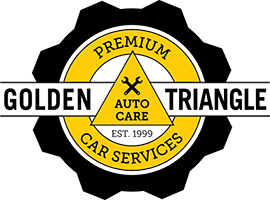
Call Us Now
303-573-1335
 History of Brake Design-Function-Operation
History of Brake Design-Function-Operation
Back when horse drawn wagons were the primary source of transportation, the mechanics were simple. Four wheels to move forward and backward, the ability to steer and a way to stop were the basic needs. The braking system typically involved some form of wooden block that pressed against the wheels when the driver pulled a lever. For the speeds and needs of the wagon, simple brakes got the job done.
As the automobile came on the scene, braking systems were borrowed from the horse and wagon. The new cars were slow, with speeds of 10 and 20 miles per hour. Traffic was sparse. So the wooden blocks against the wood wheels were adequate. Still applied by a lever, the brakes were basic, but functional.
But with the introduction of rubber tires, the wood block system suddenly didn’t work. The wooden brakes ground the rubber down quickly and simply destroyed the tires. In 1902 English engineer Frederick William Lanchester patented the disc brake. A caliper pressed brake pads against a steel disc, creating the friction to stop the vehicle. The biggest problem with his brakes were the copper brake pad linings. The copper wore down more quickly than the steel disc, and metal against metal caused a horrible screeching noise.
Five years later, Herbert Frood, a fellow Englishman lined the pads with long-lasting and heat resistant asbestos. The combination worked so well, that disc brakes with asbestos pads were used on cars into the 1980s. The health risks discovered with the use of asbestos forced car manufacturers to turn to Kelvar, ceramics, and other forms of plastic.
Although the disc brake worked well, car manufacturers applied other types of braking systems in their vehicles. The drum braking system, which applied a brake pad to the inside of a drum, was a standard in the automobile industry and used for many years. The drums, however, were prone to getting hot and overheating. Plus, dust and water would get into the drums, reducing the lifespan of the components.
Ultimately, disc brakes would be adopted by car manufacturers as their primary solution to increasingly advanced automobiles. As a more reliable, cooler and cost effective system, disc brakes continue to become better with advancing technology. As cars become more complex, filled with computers and chips to operate every function, so it goes with brakes as well.
Today’s high-tech cars need a higher level of service. Golden Triangle Auto Care located in Downtown Denver is keeping up with the fast-paced technology and is able to provide the services needed with new brake technology. Give us a call if you are hearing any odd noises while braking, and especially if your car or truck isn’t performing the way you’d expect when braking.

 History of Brake Design-Function-Operation
History of Brake Design-Function-Operation